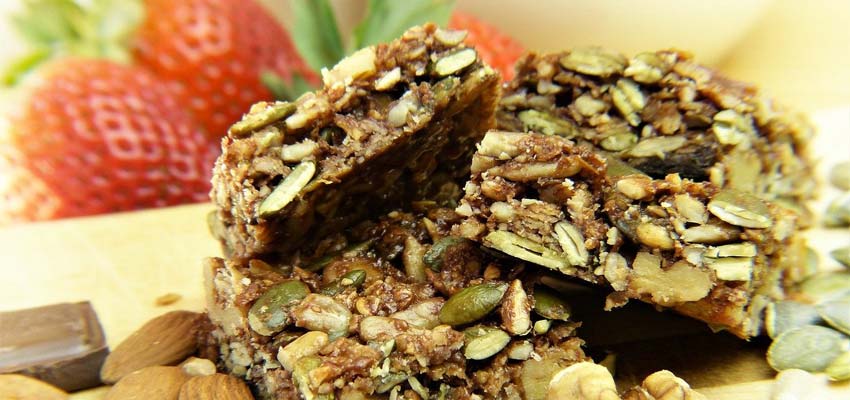A study of the German Federal Institute for Risk Assessment (BfR) found that 48% of the population view “superfoods” as part of a healthy diet, while 8% are linking risks with their consumption.
A study by the Federal Institute for Risk Assessment (BfR) found that 48% of the population consider "superfoods" to be part of a healthy diet, while only 8% associate risks with their consumption.
First of all, it should be noted that the term "superfood" is not really scientifically defined. The origin of this designation for supposedly particularly healthy foods lies more in the environment of resourceful advertising people.
Superfoods" are often associated with food (ingredients) that are considered to be particularly beneficial for human health. They are considered to have a high nutrient content, for example if they have a high vitamin content and are rich in natural antioxidants. According to the BfR study, consumers also assign foods that are rich in minerals and fibre, yet low in calories, and have an exotic appearance to this category. Typical examples are avocado, goji berries, chia seeds and quinoa.
A desirable side effect and probably the main reason for the invention of the term "superfood" is the economic added value that food manufacturers expect from it. In fact, the products advertised in this way sell very well and at higher prices, which leads, among other things, to the fact that domestic healthy products such as oats, nuts, broccoli and blueberries are now also experiencing a real revival as "superfoods".
"Superfood" is predestined for food fraud
Whenever relatively expensive raw materials are processed and the end products promise a higher profit than conventional goods, organised product counterfeiters are not far behind. If the proportion of chia seeds or quinoa is replaced by cheaper ingredients, the consumer usually hardly notices this in terms of taste, as he often has no clear sensory experience and expectation.
But did you know that according to an EU implementing regulation, chia seeds (Salvia hispanica) may be processed to a maximum of 10% as a food ingredient?
Our scientists developed new routine test methods within the framework of the BLE's "Foodprofiling" project to detect possible food fraud and to identify misleading or erroneous consumer information, e.g. in ingredient lists.
With our new PCR detection methods for chia and quinoa, we are the first laboratory to have introduced two methods with which we can test superfoods for the content of these value-determining ingredients in a sensitive, unambiguous and cost-effective manner.
AGROLAB FITS - Food Integrity Testing Services
Read more:
Author: Dr. Frank Mörsberger

 Contact
Contact

 Contact
Contact Career
Career